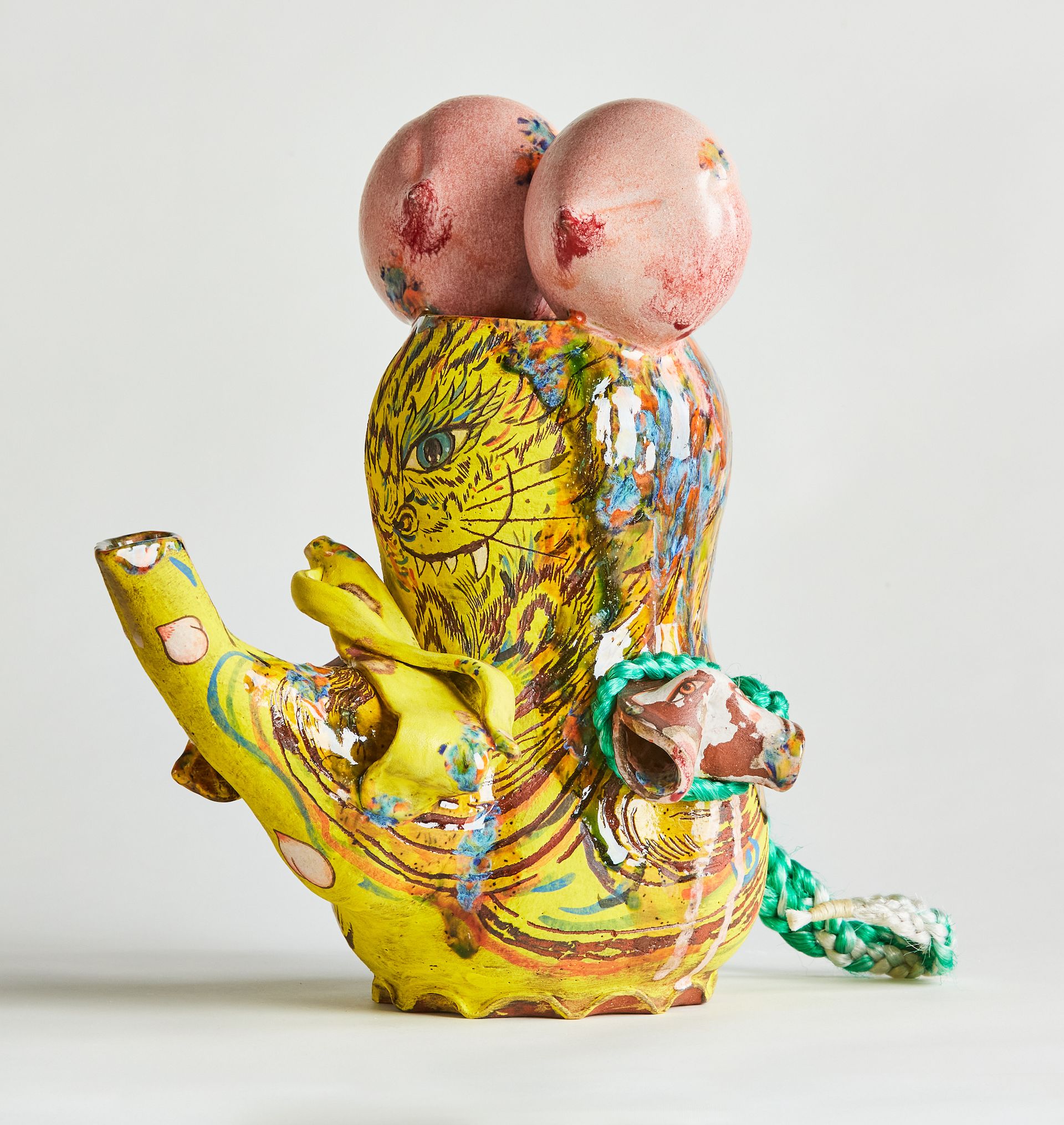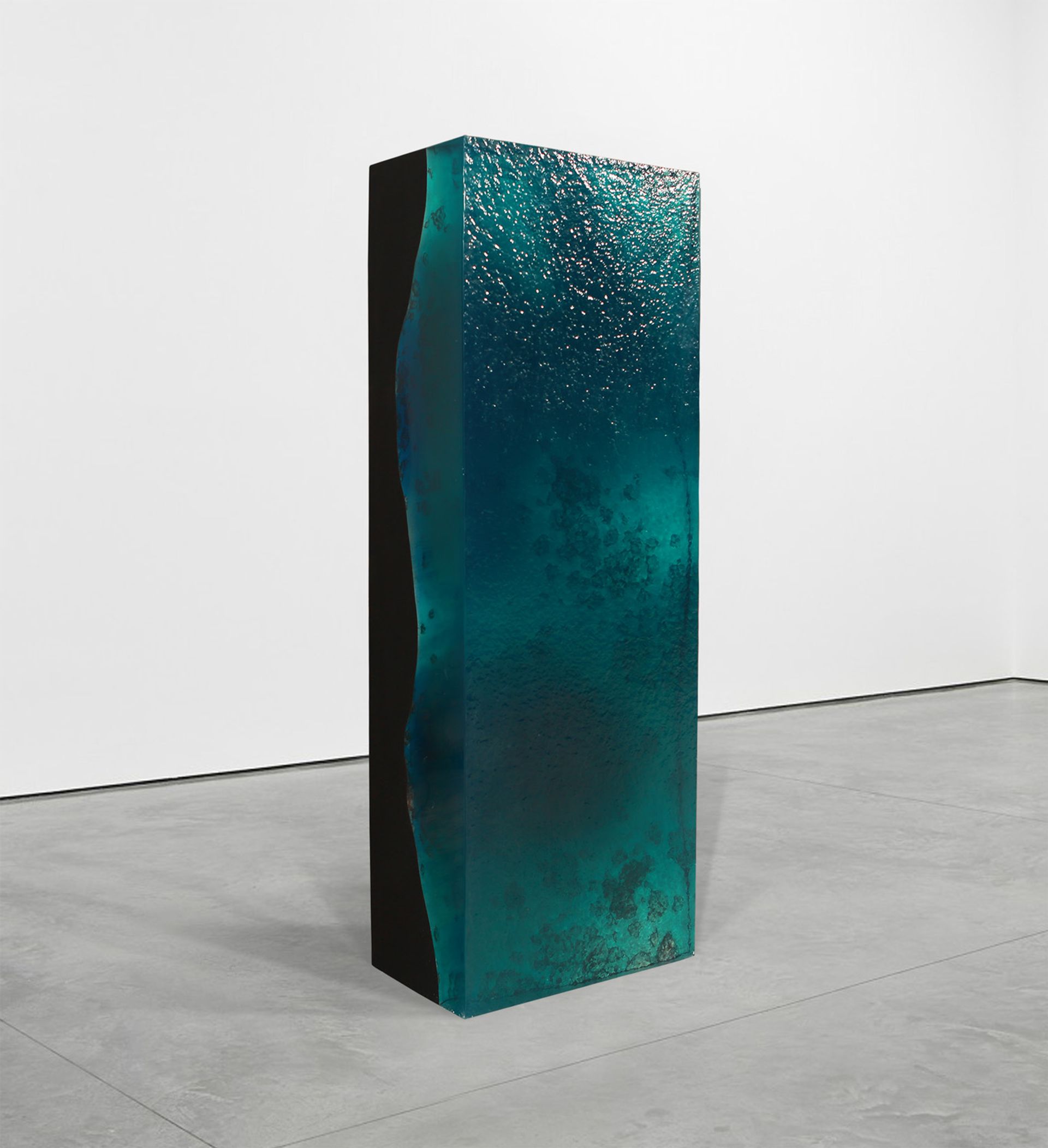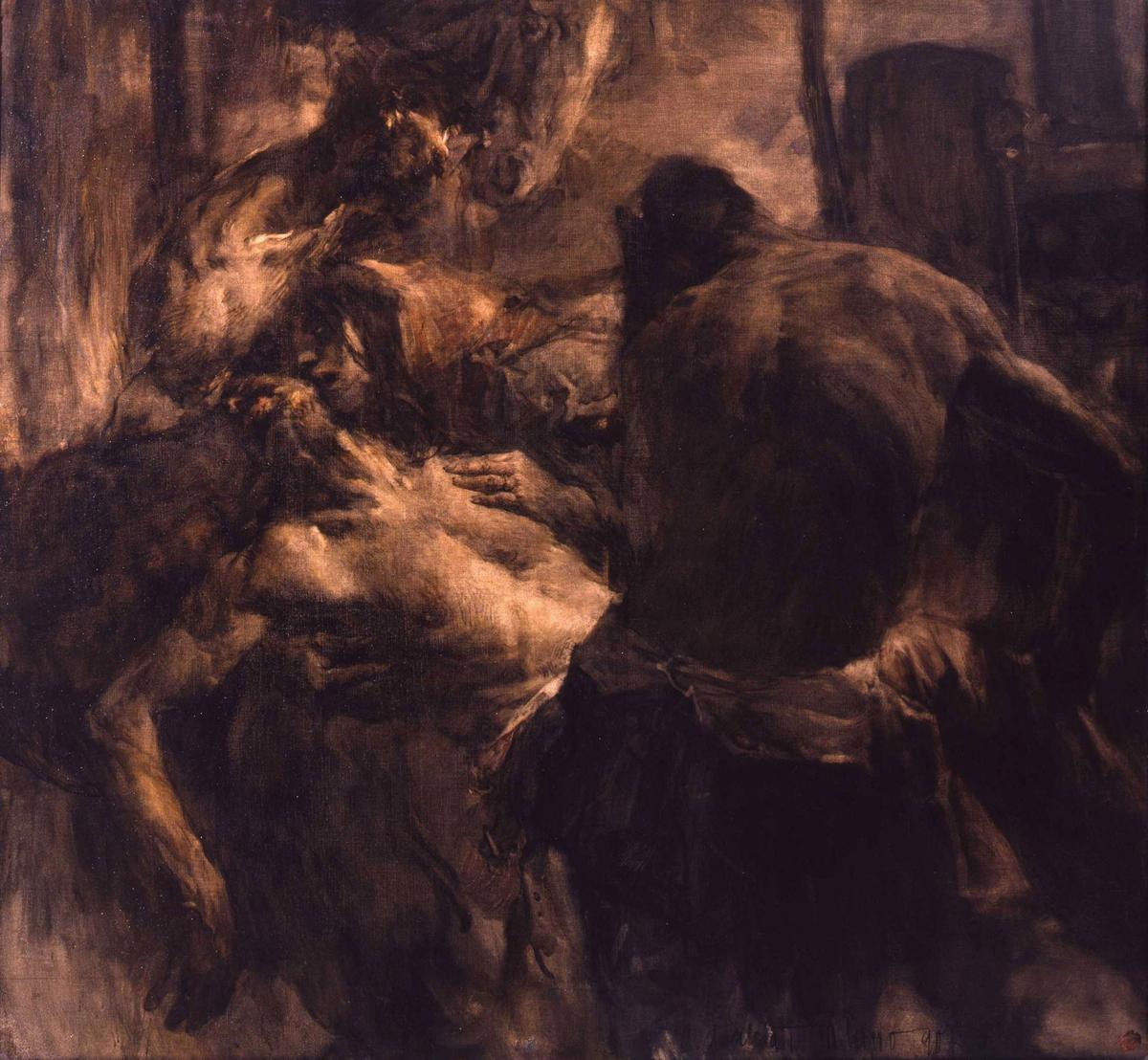Staging Injustice: Italian Art 1880–1917
Until 18 June at the Center for Italian Modern Art, 421 Broome Street, Manhattan
The turn of the 20th century was a pivotal but difficult time in Italy. Following the unification of the various kingdoms on the peninsula into a single state, a number of social and political movements grew to address the poverty, labour exploitation and unrest that was found across the country. The artists of the time similarly took on these social ills, creating deeply moving paintings and sculptures that were made for and exhibited at Italy’s major international exhibitions, including the Venice Biennale, first held in 1895. Works such as Ambrogio Alciati’s Pieta-like Il minatore (The Miner) (1907) and Antonio Carminati’s bronze sculpture Un panattiere. Lavoro notturno (The Baker: Night Work) (1891)—a life-size depiction of an exhausted young boy sitting hunched over at the end of his shift—raised public sympathy for the impoverished masses. “The title is the key to understand the meaning of the work,” says the curator, Giovanna Ginex. Around 30 similarly heart-rending works, largely on loan from Italian museums and collections, are on view, including some masterpieces of the unique style known as Divisionism. The art centre is also hosting a symposium in April to encourage research on this understudied period of Italian history, and a film series shows how this period was viewed by later generations, starting with Bernardo Bertolucci’s Novecento (1976) starring Robert De Niro and Gérad Depardieu.

Jiha Moon, Tiger Mama (2021). Courtesy the artist and Derek Eller Gallery.
Jiha Moon: Stranger Yellow
Until 5 February at Derek Eller Gallery, 300 Broome Street, Manhattan
In these more than 20 dazzling ceramics and four paintings, Atlanta-based Korean American artist Jiha Moon grapples with identity in its myriad manifestations. The works combine allusions to Asian and Western art history, nods to vernacular culture of the Southern US, symbolically charged foods and more, unified by a palette dominated by the titular hue, Stranger Yellow, which Moon sees as symbolising the visibility of the US’s many Asian diasporas and communities—a charged theme after two years of rising anti-Asian racism and violence around the country. She manages to address such weighty themes in works that are nonetheless exceedingly fun. The earthenware sculpture Tiger Mama (2021), for instance, combines two strategically positioned peaches (references to her home state of Georgia, but also symbols of immortality in some Asian cultures), fortune cookies (an ostensibly Chinese delicacy popularised in the US), a banana (a disparaging term used to describe assimilated Asian Americans), and a half-woman, half-tiger figure rendered in shades of bright yellow. Each piece is full of similarly deft details and delectable discoveries.

Ashley Bickerton, 0°36'06.2"N, 131°09'41.8"E 1 (2022). Courtesy Lehmann Maupin.
Ashley Bickerton: Seascapes at the End of History
Until 5 March at Lehmann Maupin, 501 West 24th Street, Manhattan
One grueling New York winter in the late 1980s—much like the one we are dredging through now—drove the mixed-media artist Ashley Bickerton to create works evoking distant, sensous seascapes. Bickerton revisits this era of his practice in this exhibition, presenting various new works that continue his Ocean Chunk series. Sculptures like the 0°36'06.2"N, 131°09'41.8"E 1 (2022)—a plinth made of fiberglass, stainless steel and resin—recreate aerial views of coral reefs according to their specific coordinates (this one pointing to a deserted part of the ocean near West Papua) while other works document more tender seaside moments, like Floating Family Footprints (Flow Tide) 1 (2022), in which the artist has immortalised the footprints of his wife and child in resin and fiberglass. Once associated with the Neo-Geo movement (short for Neo-Geometric Conceptualism, and known for its critique of consumer culture) in the 1980s alongside artists like Jeff Koons, Bickerton chose to distance himself from the New York art world and the machinations of the art market in the early 1990s, relocating to Bali, where he continues to live and work under sunnier skies.


